Book Review: Rhapsody in Blue – How I Fell in Love with the Great Chelsea Team of the Early Seventies by Neil Fitzsimon
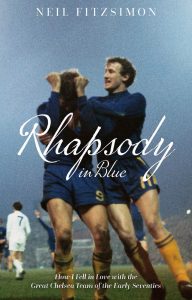 Chelsea Football Club were founded in 1905 playing their homes games at Stamford Bridge, which they still do, to this day. Up to the First World War, The Blues were very much a yo-yo club, as they bounced between the First and Second Division, but did make an FA Cup Final appearance in 1914/15 losing 3-0 at Old Trafford to Sheffield United. After the war and the resumption of football and up to the start of the Second World War, Chelsea continued to drift between the two divisions, leaving their best performances for the FA Cup as they appeared in a number of Semi-Finals.
Chelsea Football Club were founded in 1905 playing their homes games at Stamford Bridge, which they still do, to this day. Up to the First World War, The Blues were very much a yo-yo club, as they bounced between the First and Second Division, but did make an FA Cup Final appearance in 1914/15 losing 3-0 at Old Trafford to Sheffield United. After the war and the resumption of football and up to the start of the Second World War, Chelsea continued to drift between the two divisions, leaving their best performances for the FA Cup as they appeared in a number of Semi-Finals.
It wasn’t until 1954/55 that the club made its mark in the English game, when they won the First Division title for the first time. However, it was not a success that The Blues built on and in 1961/62 they suffered relegation back to the Second Division, only to bounce straight back up the following season under Manager Tommy Docherty. It was to see the club have up to that period its best years, with players coming through the youth set-up and the League Cup won in 1964/65 after a 3-2 aggregate win over Leicester City. The club then also made it through to the 1966/67 FA Cup Final against Spurs, going down 2-1 to their London rivals. Docherty was sacked in 1967 heralding the start of the era under Dave Sexton, with Chelsea at the centre of the ‘swinging sixties’ with celebrity fans and the bars and clubs of the Kings Road the places to be.
Neil Fitzsimon’s book, Rhapsody in Blue – How I Fell in Love with the Great Chelsea Team of the Early Seventies, picks up the story of the Stamford Bridge club, as the author attends his first games in SW6 during the 1968/69 campaign and charts the success of the early 70s. In that period Chelsea won the FA Cup in 1969/70 after a replay against Leeds United and in the following season picked up the (now defunct) European Cup Winners Cup, also after a replay against Spanish giants, Real Madrid. The Blues made it to a third cup final in 1971/72 only to lose 2-1 to unfancied Stoke City in the League Cup. As the author details and believes, from that point the club suffered a decline that was only halted in the 1990s with the advent of the Premier League and the financial backing of Russian billionaire Roman Abramovich, that has subsequently brought unparalleled success to Chelsea.
Fitzsimon’s focus though is not only of that four or five year period back in the late 60s and early 70s at the Bridge and the stereotypical view of grim northern teams, but also of his formative years growing up into a young adult and the nostalgic days of playing football in the streets and on local pitches, Subbuteo football tournaments and of travelling to games with his mates. This is undoubtedly a tale of a time never to be repeated as money and the media has changed the professional game and the matchday ‘experience’ beyond recognition and for Fitzsimon’s the loss of the innocence of youth.
Stylistically, it is written in a very conversational and at time laddish manner, with vignettes of varying length covering from a football perspective, the highs and lows of the cup triumphs at Old Trafford, Athens and Wembley, other memorable games Fitzsimon attended, as well as his observations and memories of homelife, friendship and growing-up. There is a passion in the text that demonstrates and captures the love that fans have for their club, whether in the biased admiration of their own team or the sometimes illogical dislike of opposition teams. For those of a similar age to the author, so much of the book will ring true with their own experiences of the time and for younger readers it will give a view into a life and a sport that was different in so many ways to that of the current generation.
As an aside, is there a story behind the choice of title Rhapsody in Blue? The Oxford Dictionary definition states: a popular musical work for piano and orchestra by George Gershwin. It combines jazz and classical music and was first performed in 1924 by the band of Paul Whiteman, with Gershwin at the piano. The film ‘Rhapsody in Blue’ (1945) was about Gershwin’s life. Much is made that of the fact that football in the 70s was very physical, with every successful club having its ‘hardmen’, with Leeds United having, Norman Hunter, Peter Storey at Arsenal and Tommy Smith at Liverpool. Chelsea though were seen as a flare team, with Alan Hudson, and Peter Osgood, but the reality was that they had their share of those who could dish it out such as Ron ‘Chopper’ Harris and David Webb. The Blues were in fact a combination of the two styles of the 70s, as with the musical Rhapsody in Blue was described as a combination of jazz and classical. Coincidence? Given Fitzsimon’s background as a songwriter maybe it isn’t.
(Pitch Publishing Ltd. April 2020. Paperback 224pp)
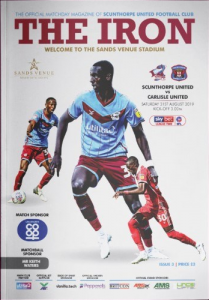


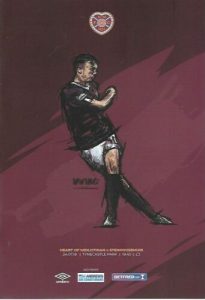
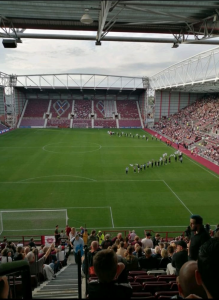
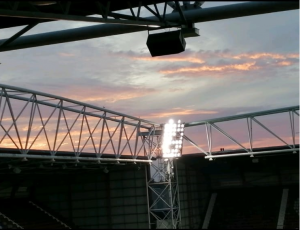
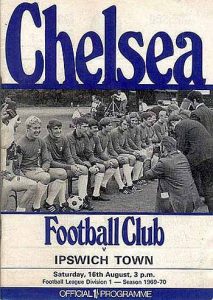 Saturday 16th August 1969, my Dad, Uncle Jim, and me walking down the Kings Road – the 6 year old me staring agog at the huge amounts of men and boys around me all moving in one direction.
Saturday 16th August 1969, my Dad, Uncle Jim, and me walking down the Kings Road – the 6 year old me staring agog at the huge amounts of men and boys around me all moving in one direction.

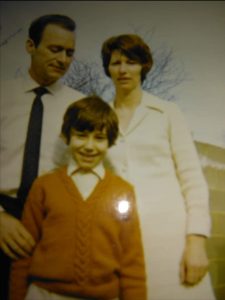
 A career in football is hard enough to achieve on your own, but when you are from a football family, then the pressure must be immense. For Clive Allen, that must have been monumental, with his father, Les, part of the Tottenham Hotspur’s team that did the ‘double’ in winning the First Division title and FA Cup in 1960/61, and a younger brother, Bradley and two cousins, Martin and Paul, who also went on to have professional careers in the game.
A career in football is hard enough to achieve on your own, but when you are from a football family, then the pressure must be immense. For Clive Allen, that must have been monumental, with his father, Les, part of the Tottenham Hotspur’s team that did the ‘double’ in winning the First Division title and FA Cup in 1960/61, and a younger brother, Bradley and two cousins, Martin and Paul, who also went on to have professional careers in the game.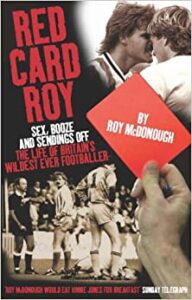
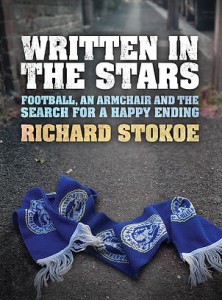 Every now and again a book comes along which wonderfully describes the idiosyncrasies and experiences associated with being a football fan – Written In The Stars by Richard Stokoe fits into that category.
Every now and again a book comes along which wonderfully describes the idiosyncrasies and experiences associated with being a football fan – Written In The Stars by Richard Stokoe fits into that category.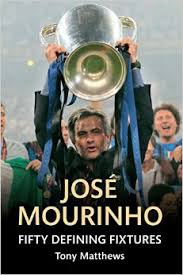 Defining: decisive; critically important
Defining: decisive; critically important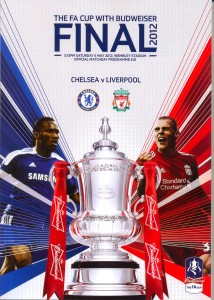 It’s difficult to know what to make of the game on Saturday. As I sat watching the action at Wembley at home, my head said ‘yes, it’s the FA Cup Final’, but my heart said ‘it’s just another game’. The sheer volume of live football and the fact that I simply tuned in just 10 minutes before kick-off, meant there was nothing ‘special’ about watching the game. Where has the magic gone? Are those memories of Cup Finals past clouded by nostalgia? My take on the
It’s difficult to know what to make of the game on Saturday. As I sat watching the action at Wembley at home, my head said ‘yes, it’s the FA Cup Final’, but my heart said ‘it’s just another game’. The sheer volume of live football and the fact that I simply tuned in just 10 minutes before kick-off, meant there was nothing ‘special’ about watching the game. Where has the magic gone? Are those memories of Cup Finals past clouded by nostalgia? My take on the